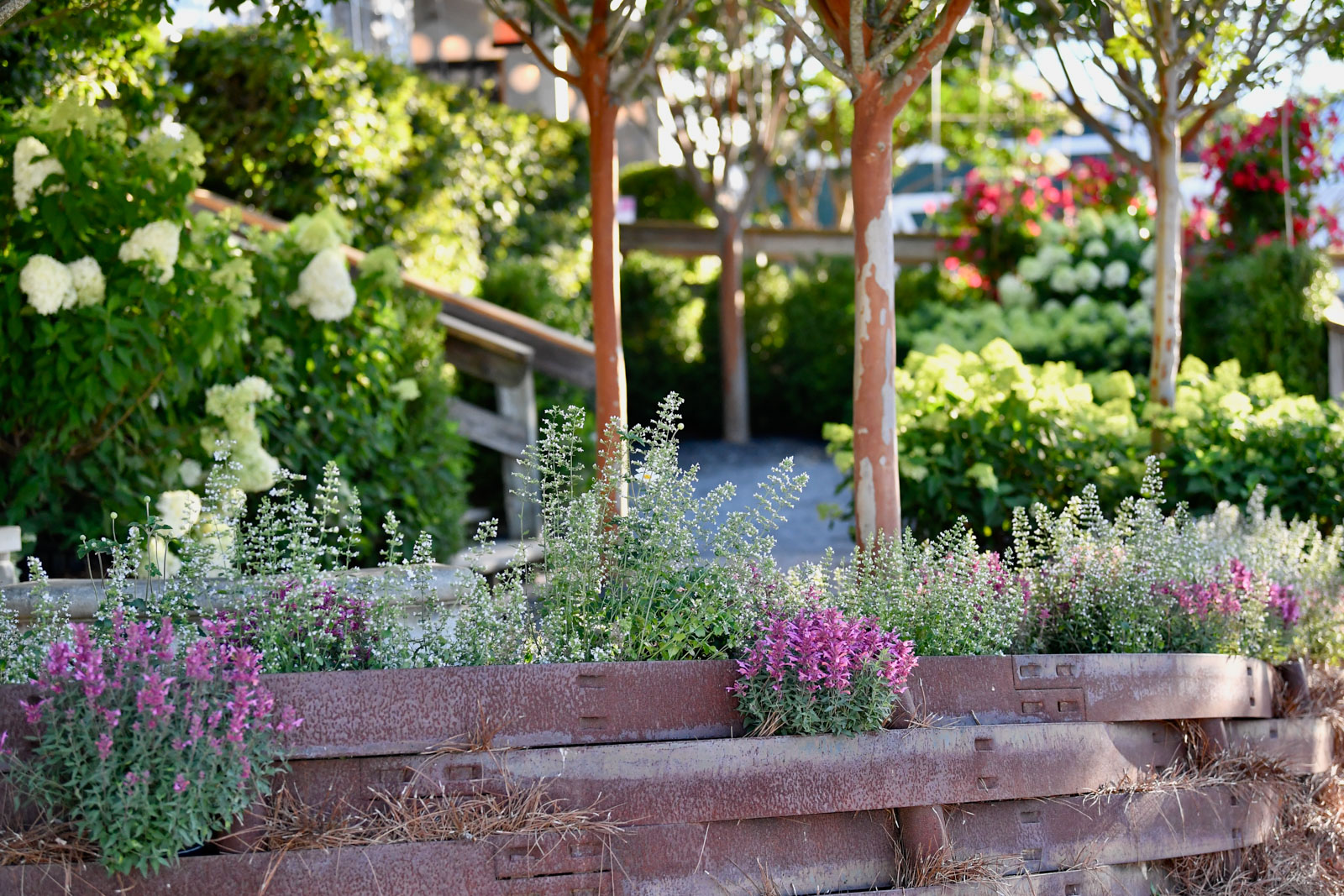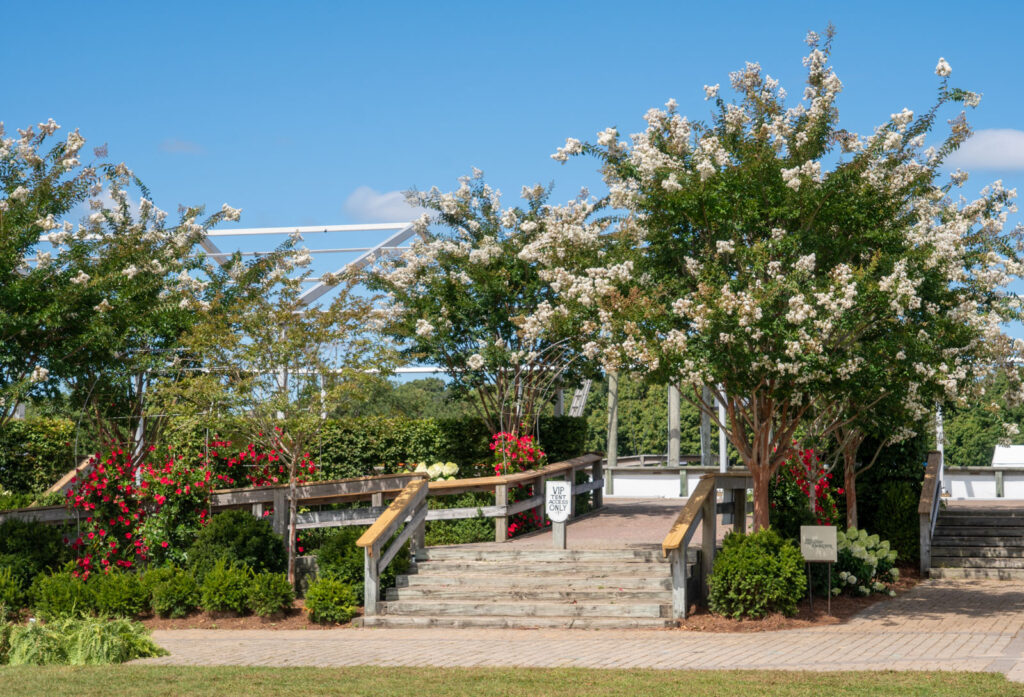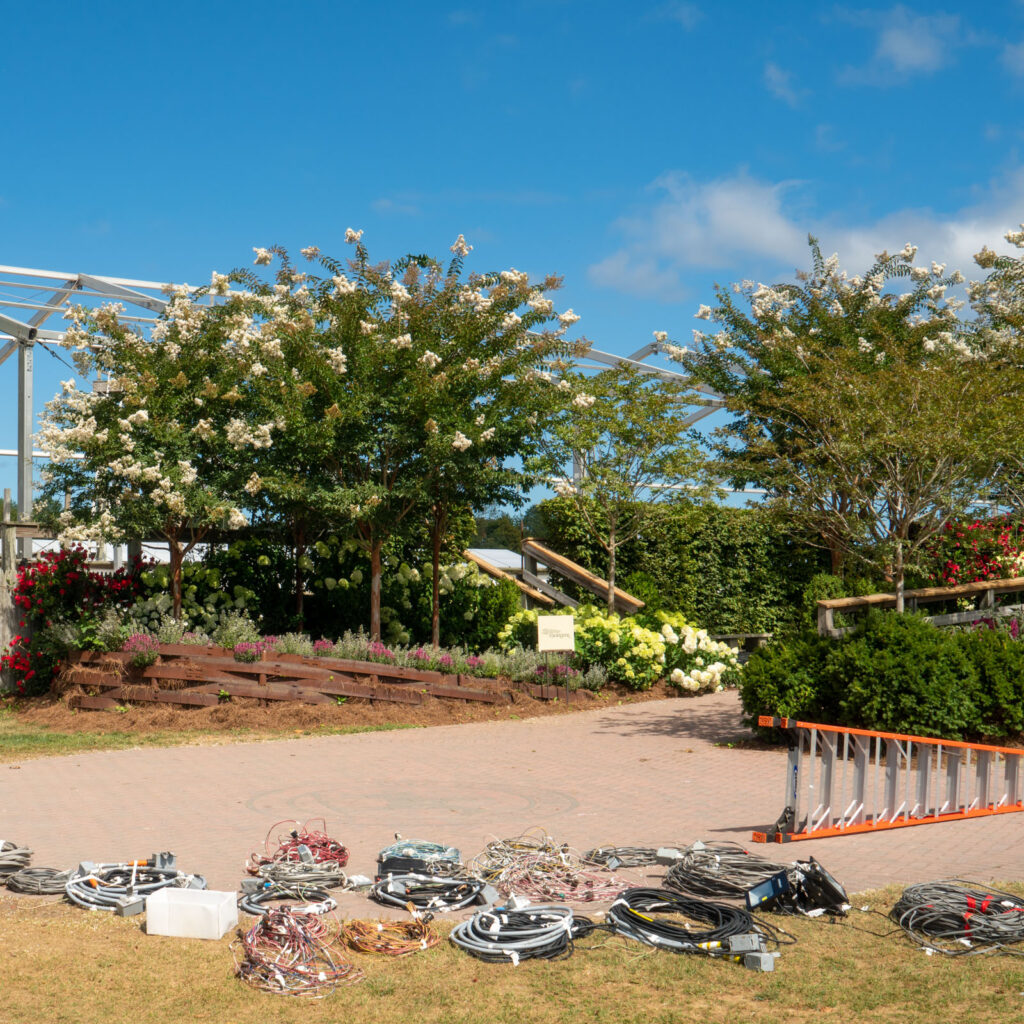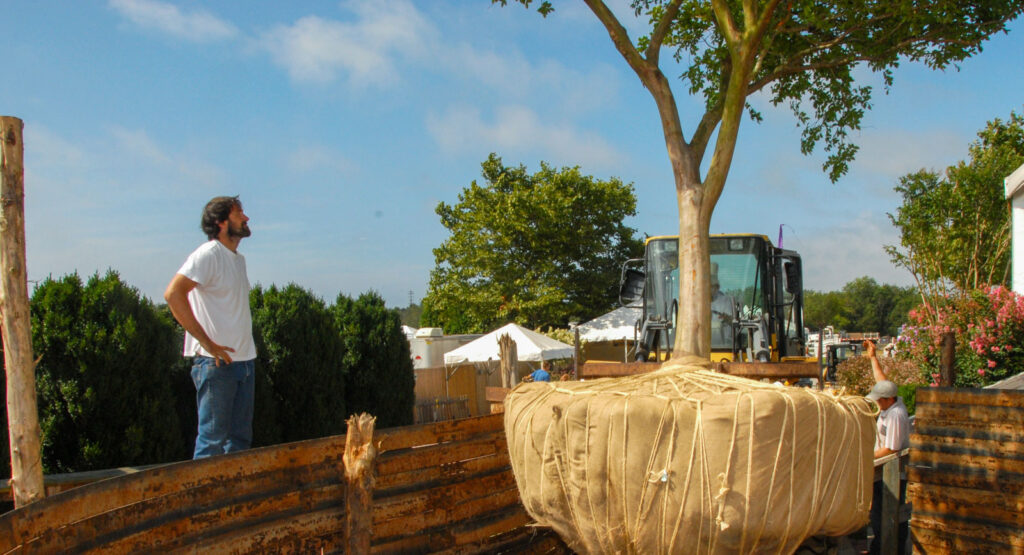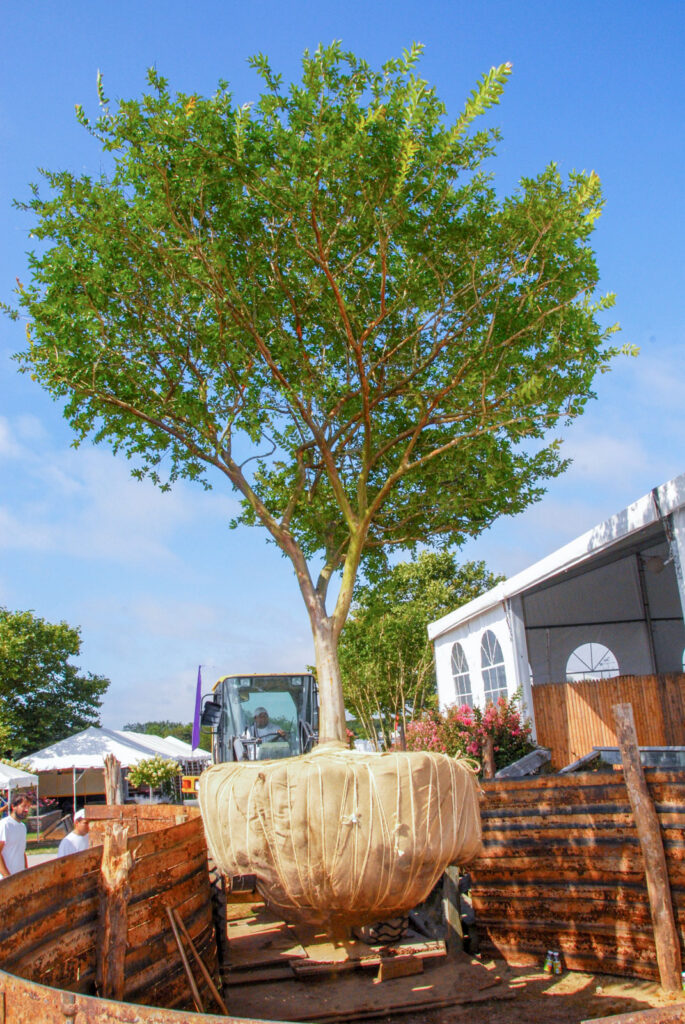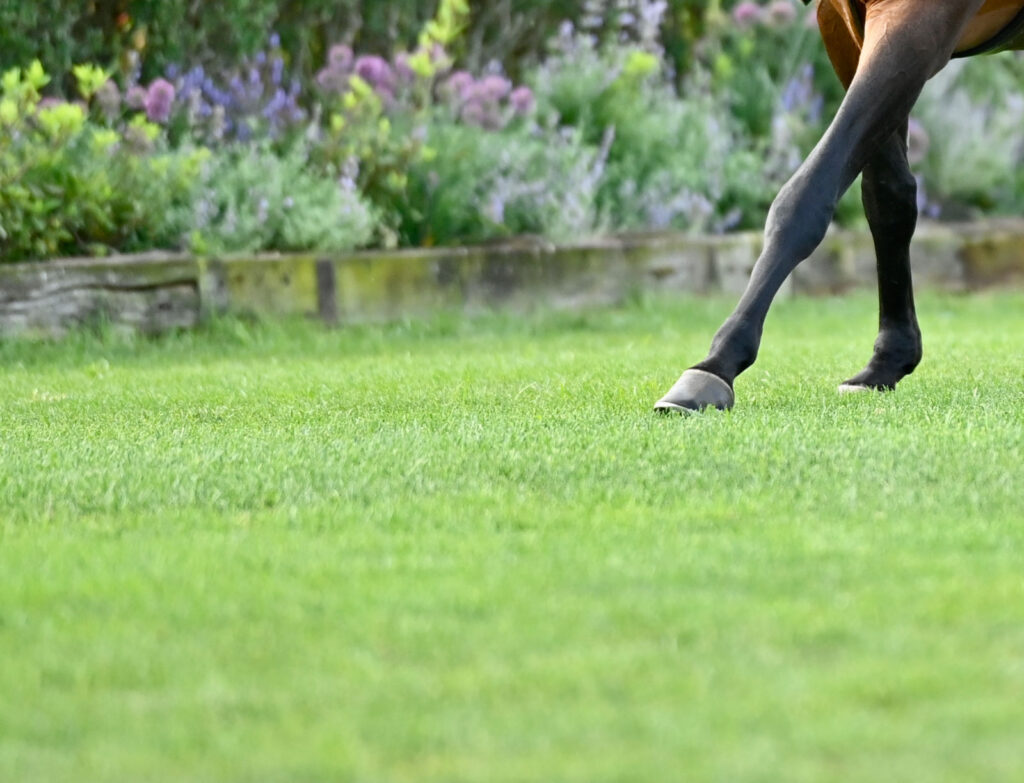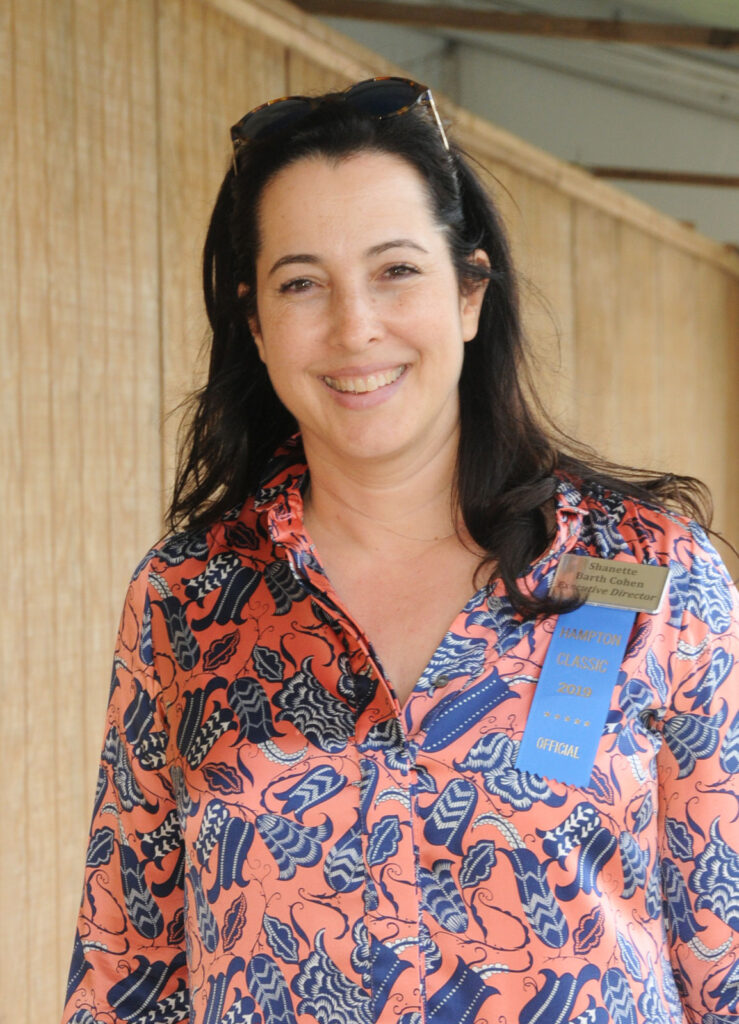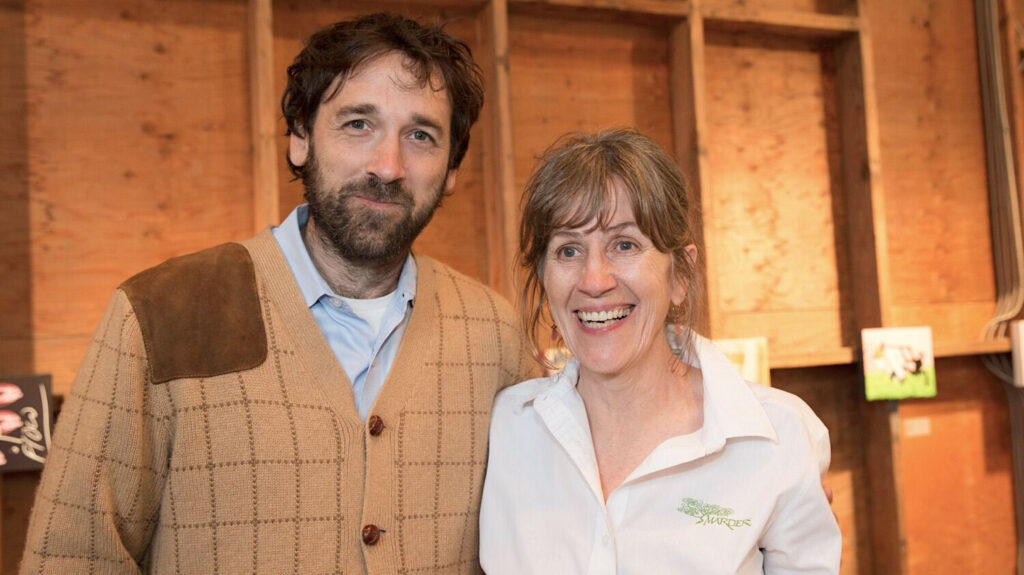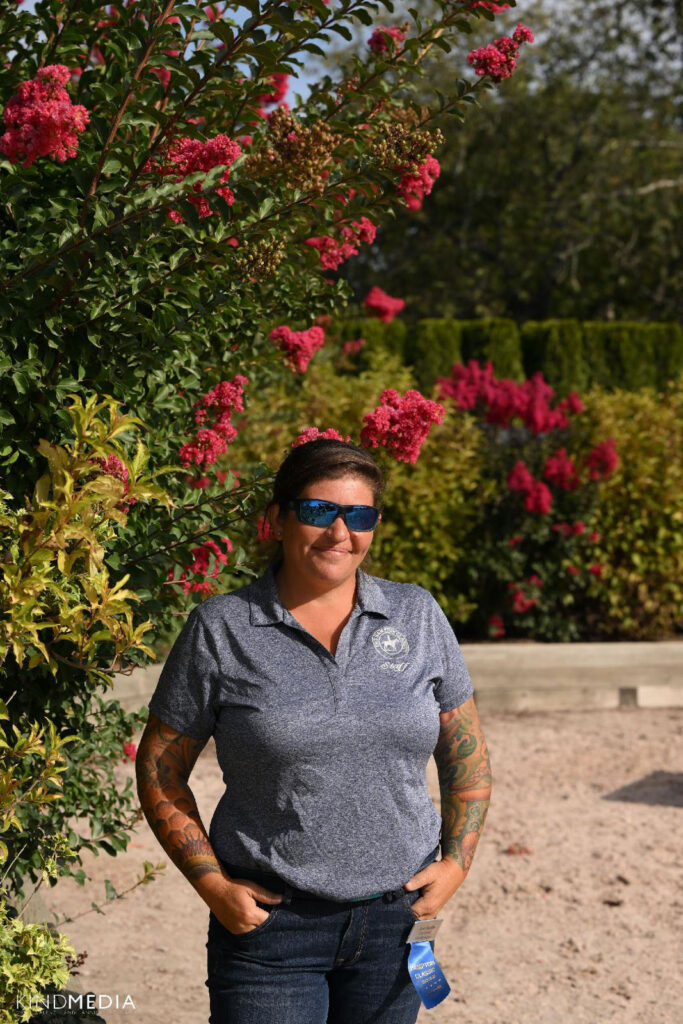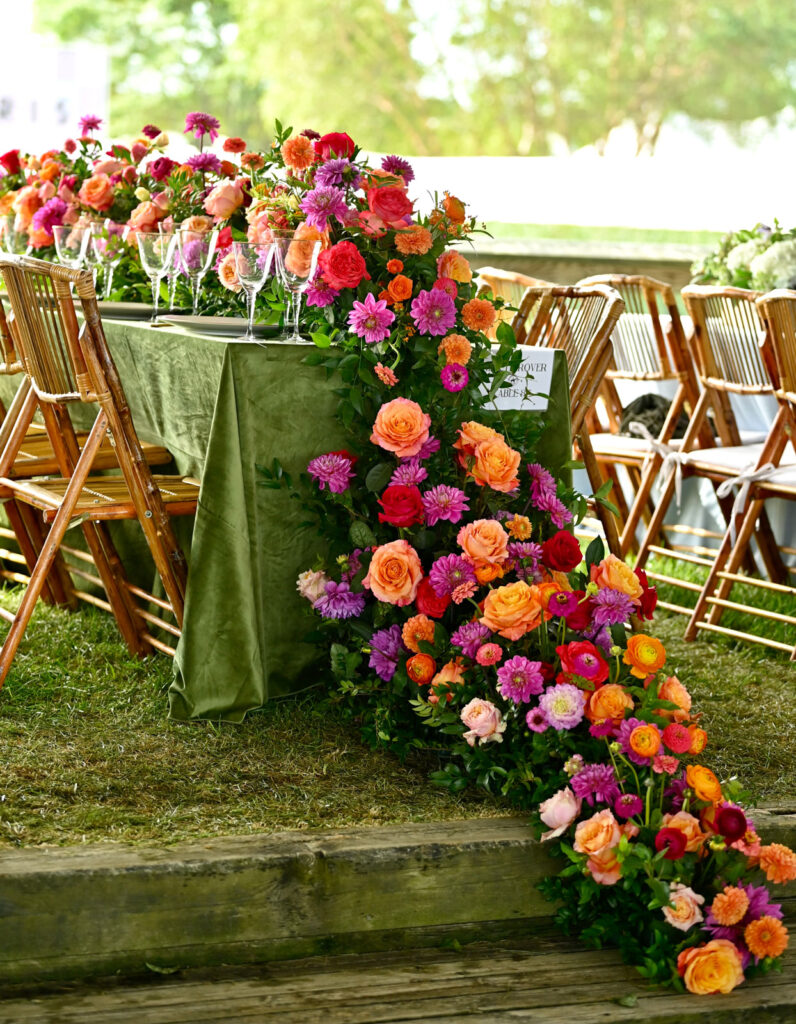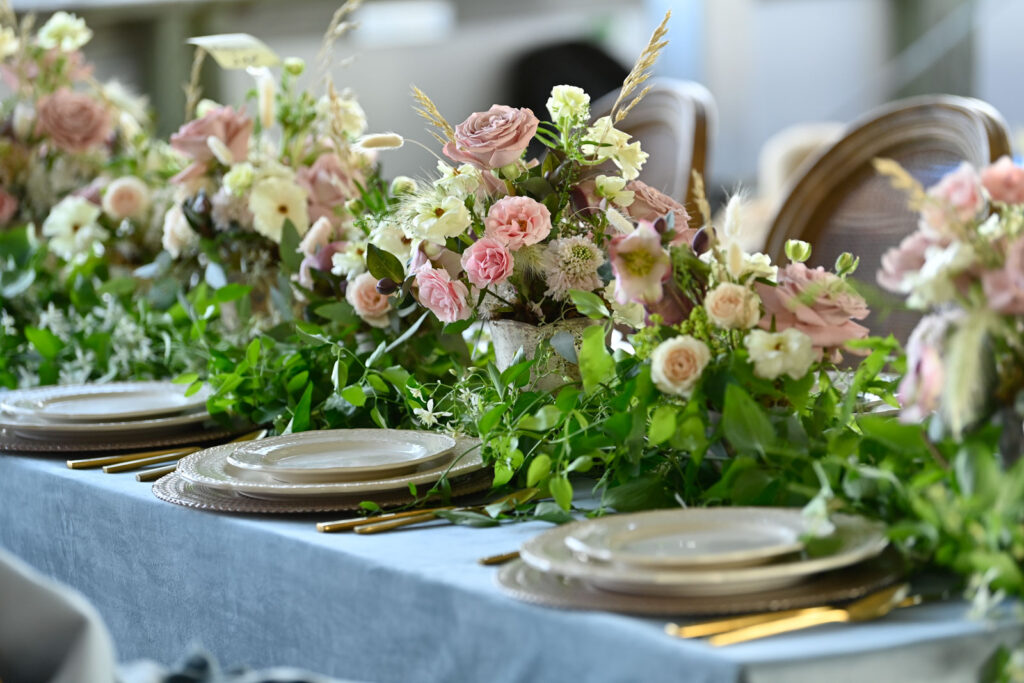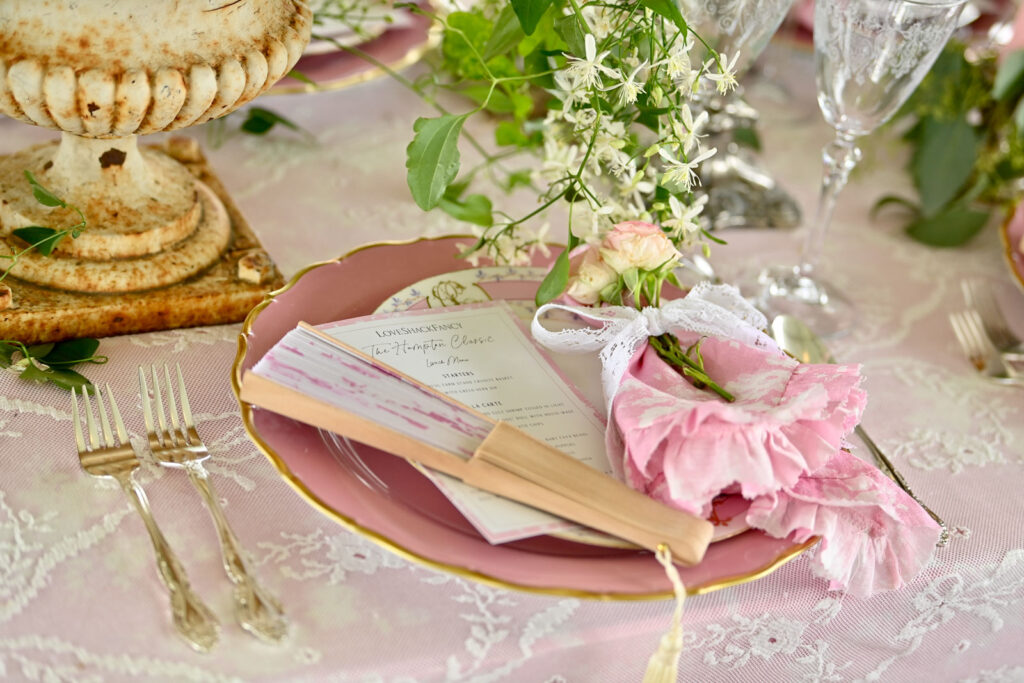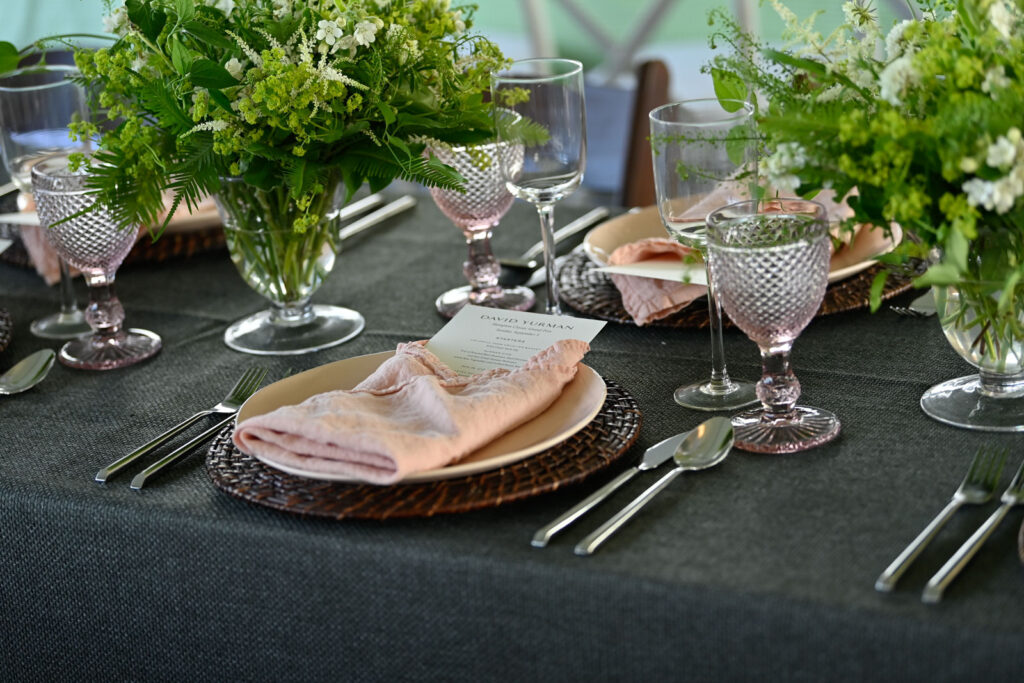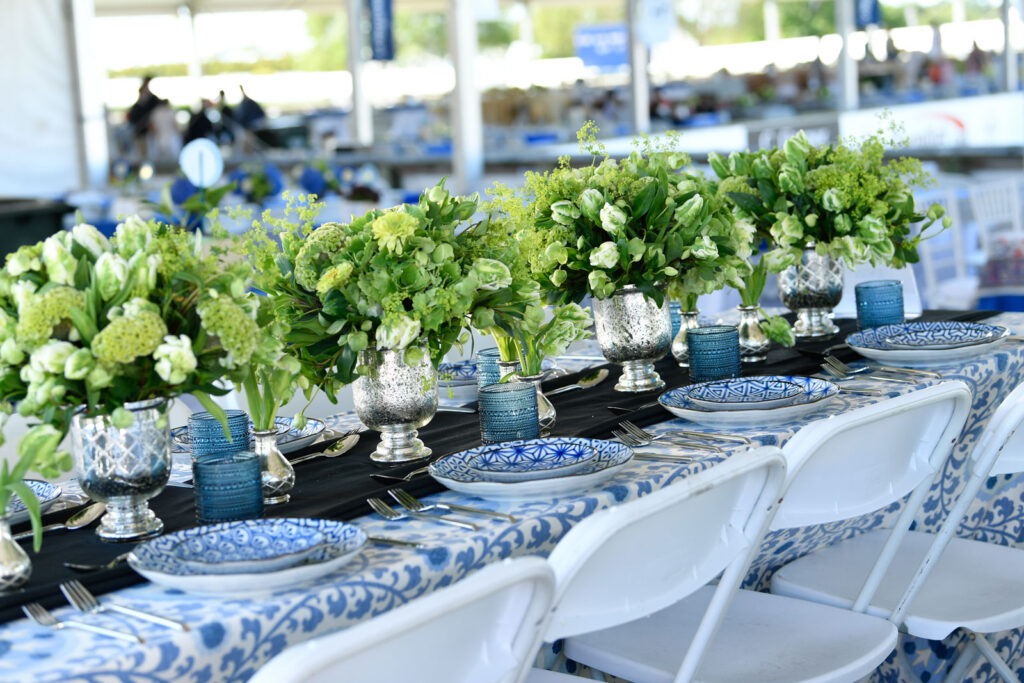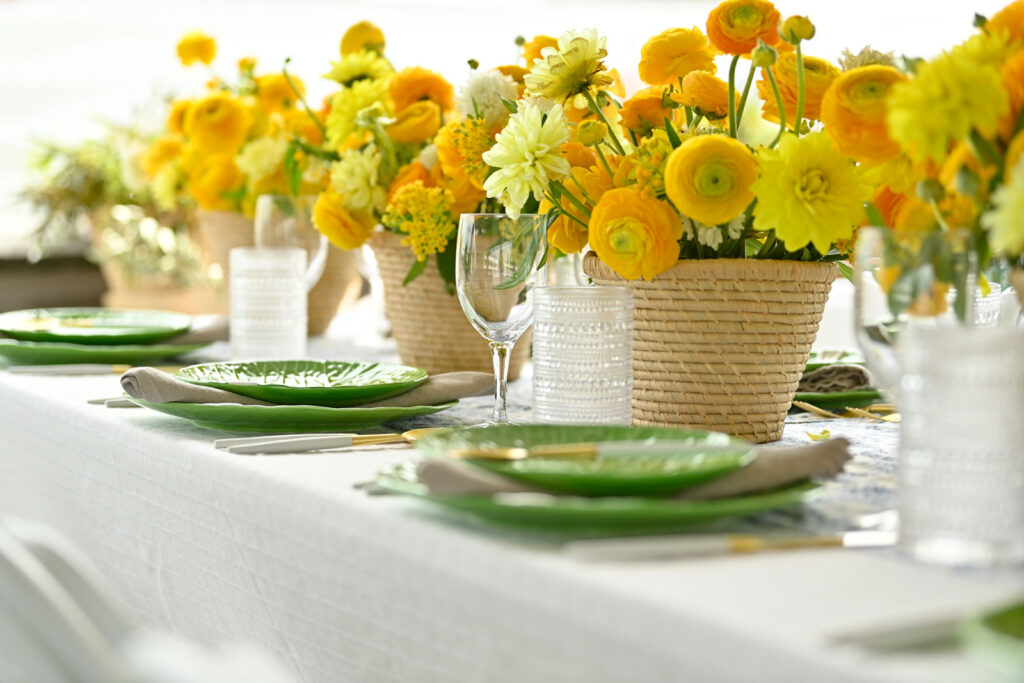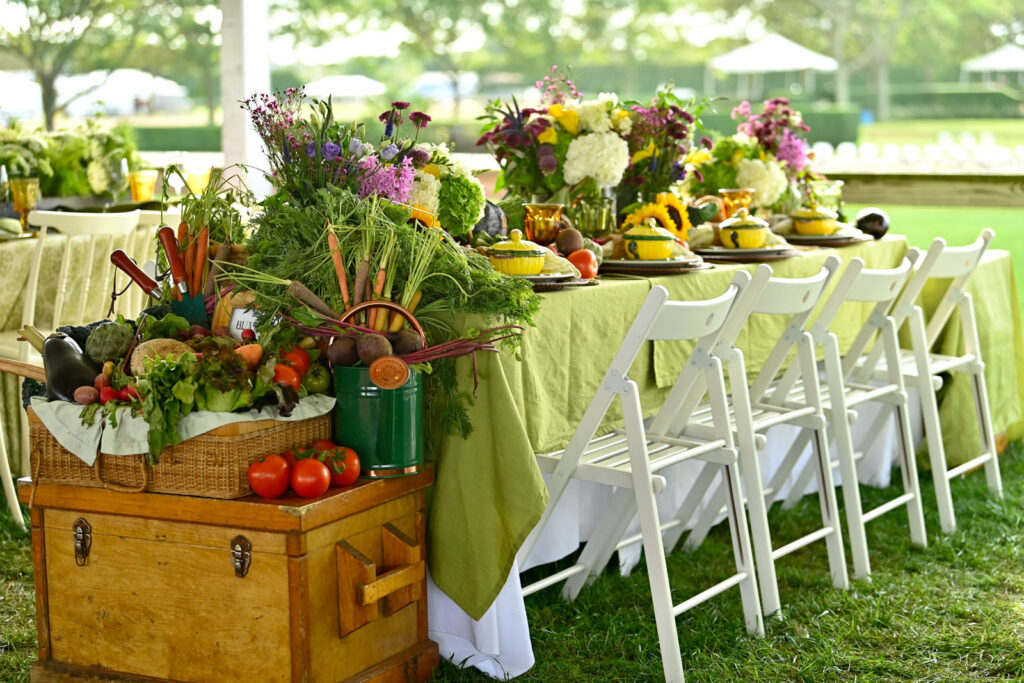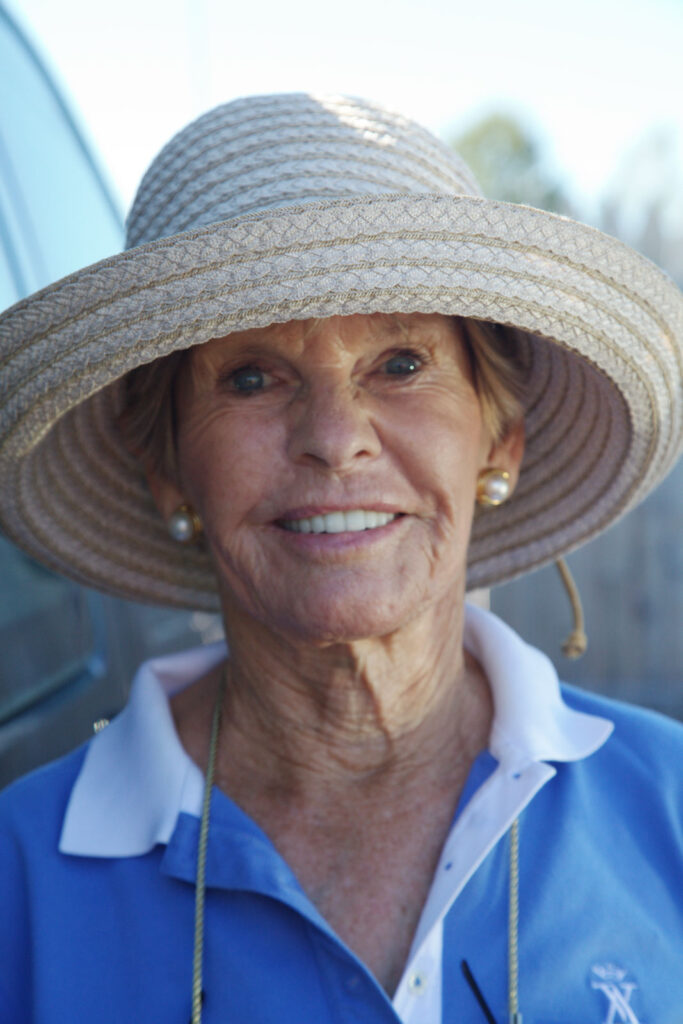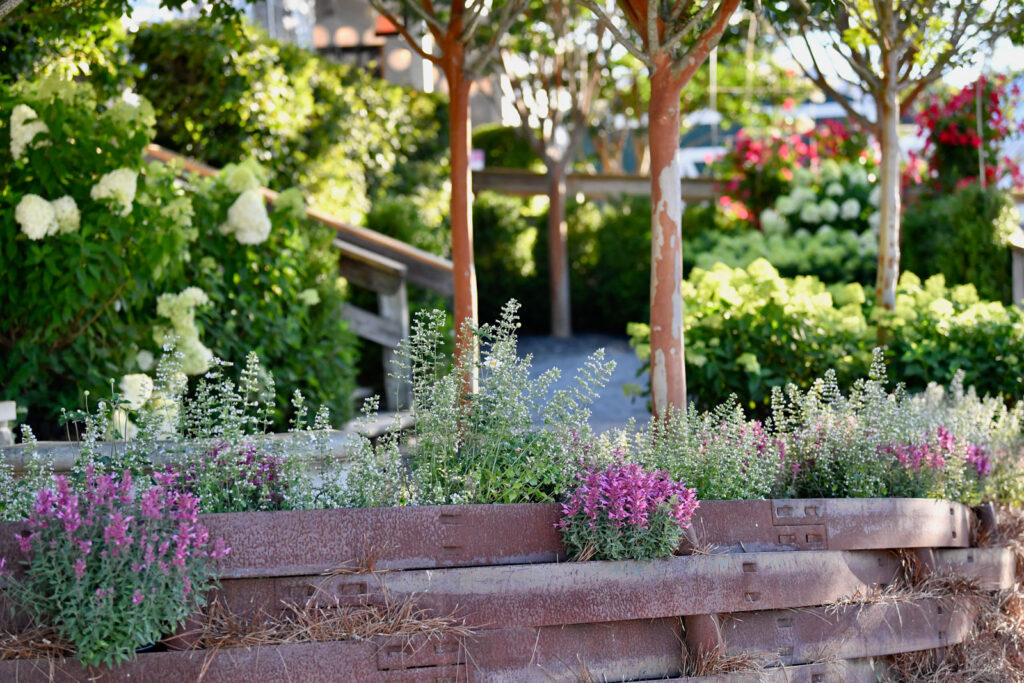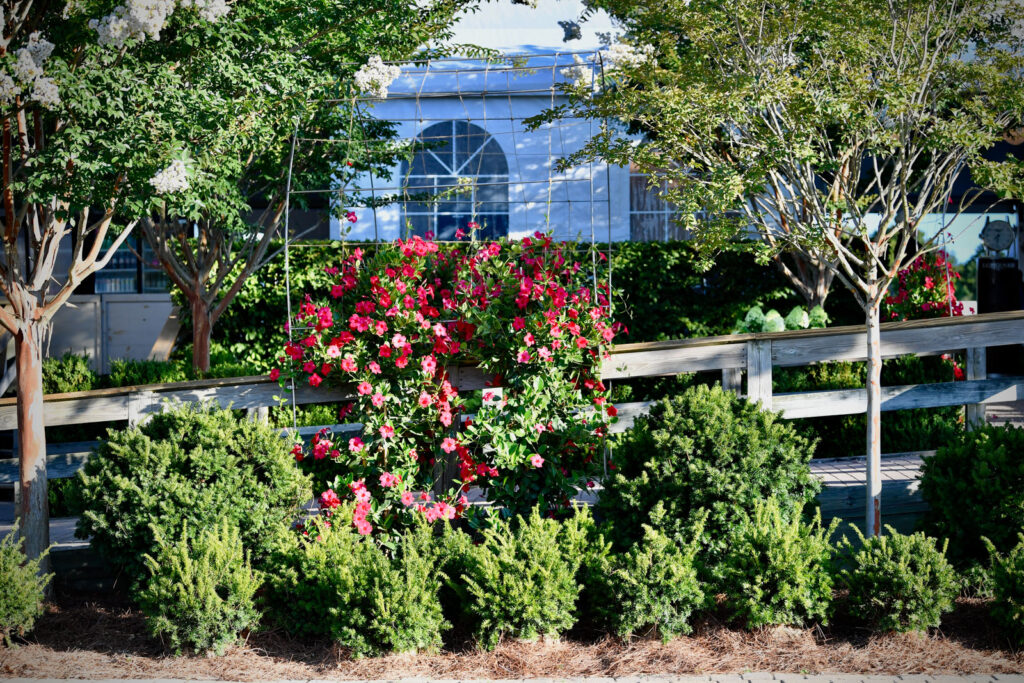Photos: Alden Corrigan
From the July/August 2023 issue
Read the story in the print magazine here:
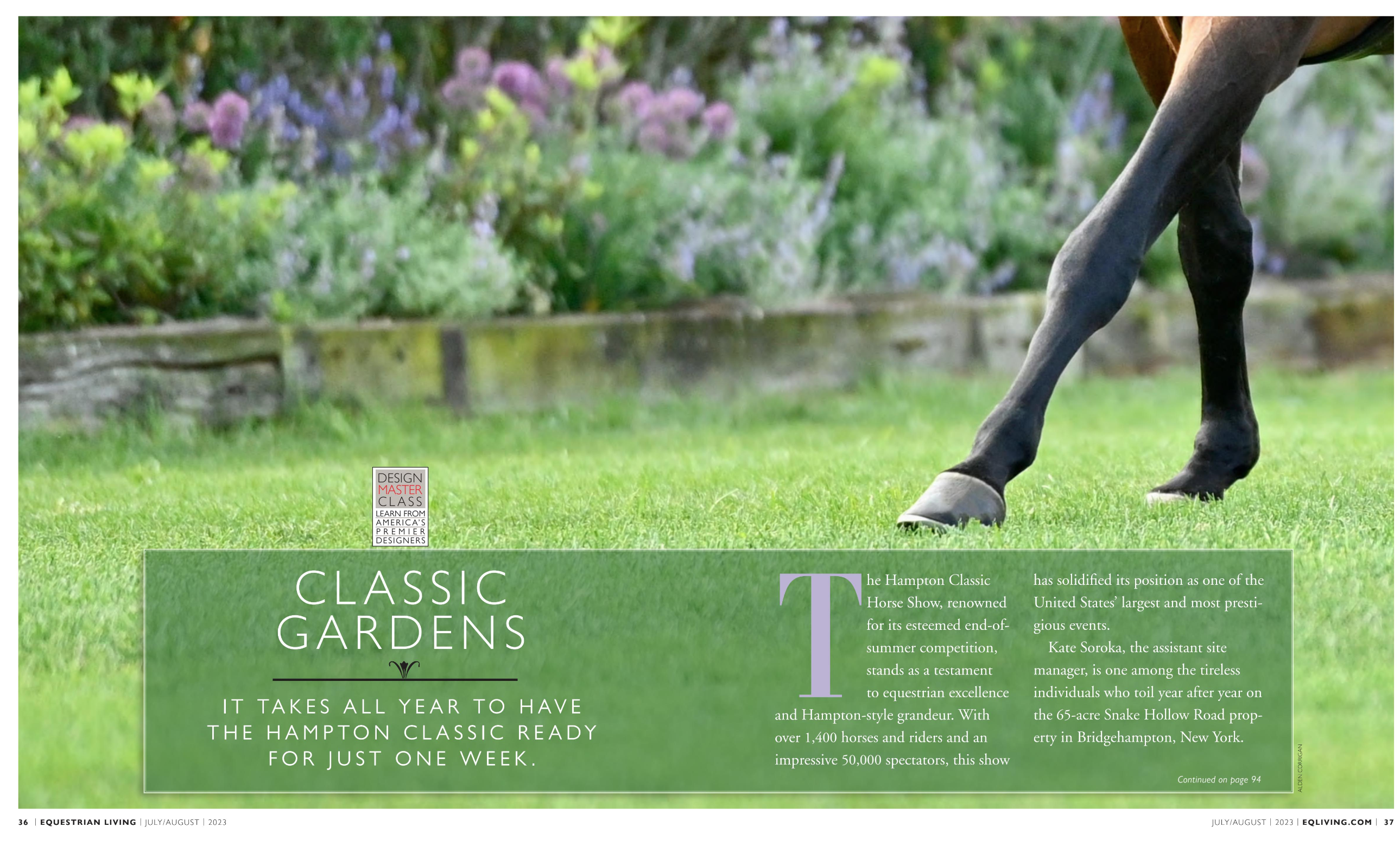
The Hampton Classic Horse Show, renowned for its esteemed end-of summer competition, stands as a testament to equestrian excellence and Hampton-style grandeur. With over 1,400 horses and riders and an impressive 50,000 spectators, this show has solidified its position as one of the United States’ largest and most prestigious events. Kate Soroka, the assistant site manager, is one among the tireless individuals who toil year after year on the 65-acre Snake Hollow Road property in Bridgehampton, New York.
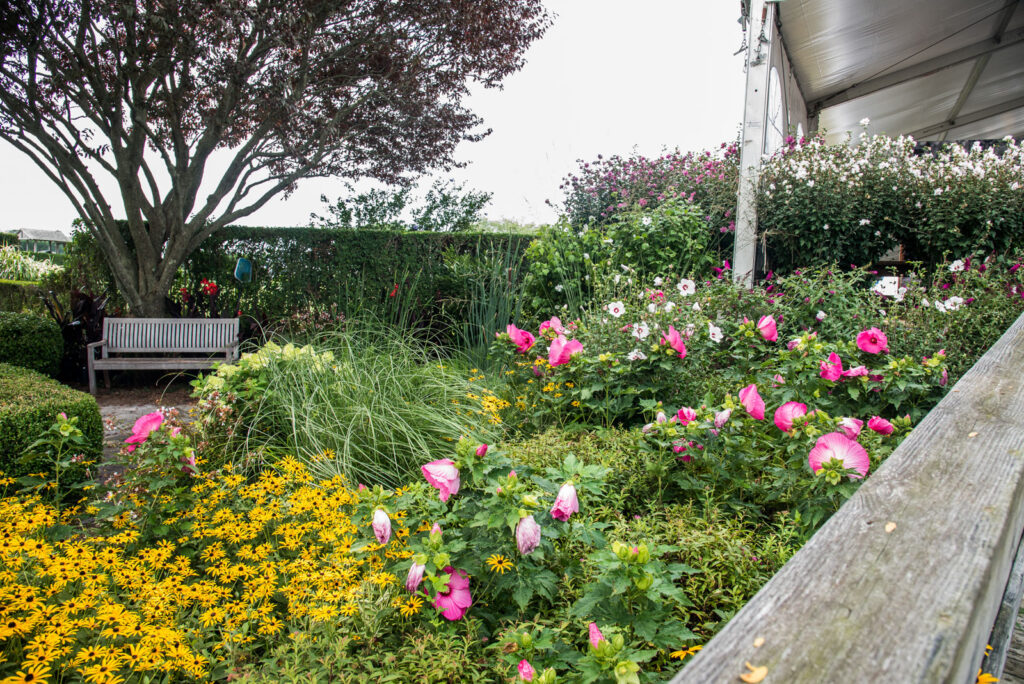
It is a little-known fact that maintaining the splendor of this place is a year-round labor of love. “The one thing unique to us is that we have the grounds for 52 weeks a year to prepare for one week or so. There are no other events held on the property. And then, all of a sudden, in August it becomes a whirlwind of activity,” notes Kate Soroka, “culminating in a resplendent Grand Prix VIP tent adorned with exquisite floral centerpieces.”
Silas Marder of Marders Nursery began riding leadline ponies as a boy at the show and is now a board member and the longest standing current Hampton Classic sponsor. The Marders have a neighboring 18-acre family nursery and landscaping business with a retail store and gallery. Kate says that Marder and his team play an integral role in bringing the show to life with their creativity and ability to infuse the showgrounds with an inviting ambiance with meticulously chosen and placed flowers, plants, and trees. Marders was among the first businesses in the nation to own a large-scale tree spade that enables moving and transplanting mature trees. “In the two weeks before the show, we bring over full-size trees, which, I think, give a sense of permanence,” Silas says.
Marder’s creativity in reusing materials is noteworthy. For example, his team took discarded steel driveway edging and wove it to create a screen. “We’ve also brought in giant boulders and large evergreen trees, but the boulders were really interesting, with us trying to keep kids from climbing on them.”
Executive Show Director Shanette Barth Cohen added, “Marders has been a vital partner of the Hampton Classic for decades and is a huge reason the Hampton Classic is, in my opinion, the most beautiful horse show in the country. Silas Marder’s exciting showground installations and creative arena islands keep our show looking fresh and new while never straying too far from the ‘Classic’ in our name.”
Both Soroka and Marder fondly recall the influence of Agneta Currey, a revered board member and former chairwoman who dedicated nearly three decades of her life to the Classic. Currey, alongside her husband Brownlee O. Currey Jr., played an instrumental role in elevating the event’s floral aesthetics. The Currey’s also owned numerous successful hunters and jumpers, including Touch of Class, the celebrated Thoroughbred mare ridden by Joe Fargis to double gold medals in the 1984 Los Angeles Olympic Games.
Throughout the years, Soroka relished Currey’s visits to the show, accompanying her as they strolled through the grounds, listening to her invaluable recommendations. She recalled in Behind the Hedges, “You never knew when she was here. She would just roll up, you’d see her car, and you knew she was wandering somewhere in Hunter 1 or in the Grand Prix Ring, just looking to see what plants had come back in Spring.”
In honor of Currey, the Hampton Classic named the Agneta Currey Boutique Garden after her—an enchanting space that hosts over 70 vendors during the show, making it one of the most frequented areas on the grounds. Shanette remarked, “We think naming the Boutique Garden in her honor is a most fitting way to ensure that she remains part of the Hampton Classic forever.”
When planning, the team considers the visibility of the flowers and plants from a distance, particularly in the rings. Larger foliage and flowers tend to be more suitable, ensuring that even those observing from afar can appreciate their beauty. Moreover, the crew prioritizes safety when adorning the rings, considering the potential impact on horses and riders.
Then, when the tents, crowds, and horses are gone, “The grounds get a nice rest until winter, and we don’t cut anything back until spring,” says Kate. And the deer wander back to munch on the arborvitae and hydrangeas.

